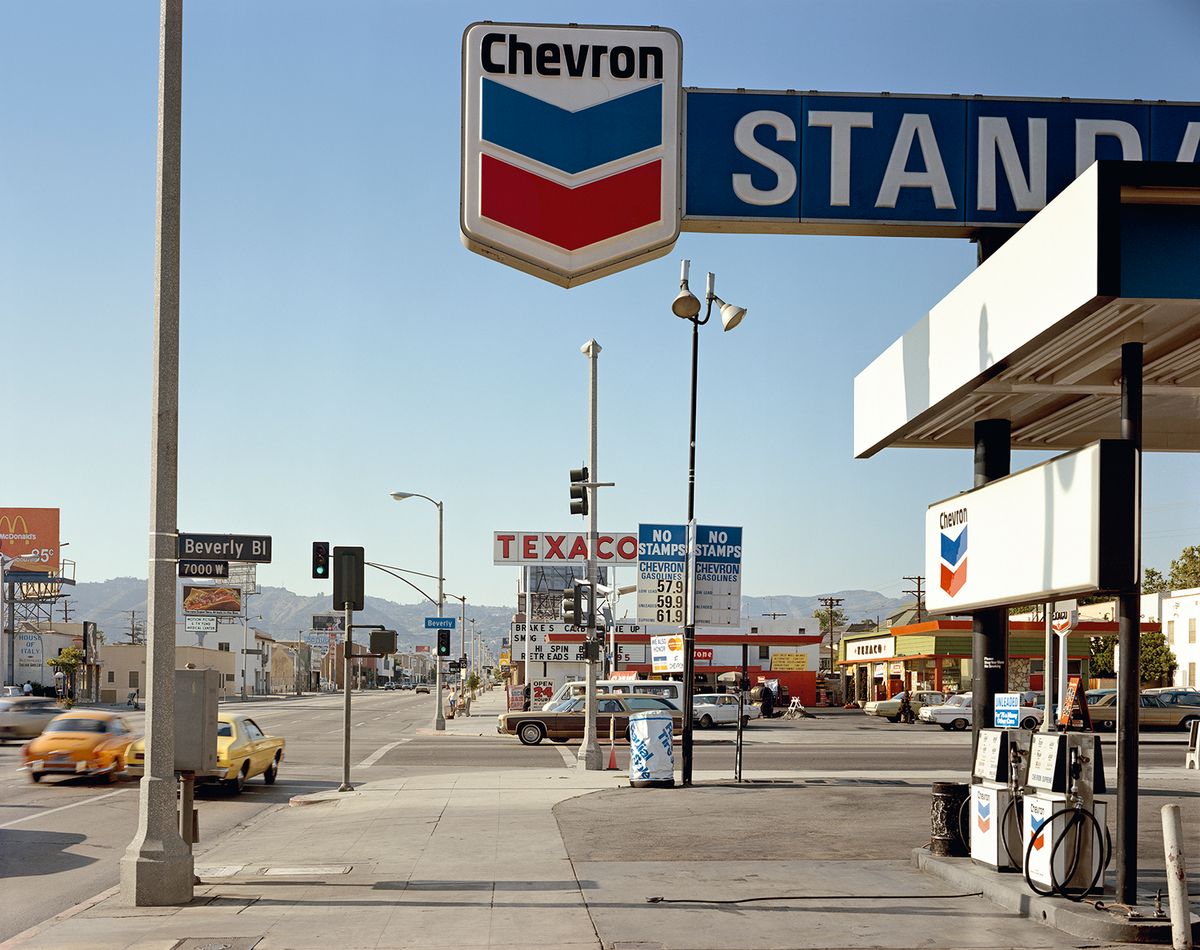Stephen Shore’s career has come full circle: In 1961, at the precocious age of 14, Shore sold four photographs to the Museum of Modern Art. Now, with this thrilling eponymous survey (until 28 May), MoMA mounts the broadest exhibition ever on this pioneer of so-called New American Color Photography. Opening with his teenage black-and-white snapshots from Andy Warhol's Factory, plus a dizzying early film called Elevator (1964), the exhibition proceeds chronologically through Shore's landmark colour work—crisp, restrained, bathed in light and inevitable like air—on through more recent photographs from Israel and the West Bank, the Ukraine, and even those shot with Instagram. Shore is one of the most imitated photographers alive, but MoMA’s exhibition clarifies for viewers what makes him inimitable.
The New Museum is celebrating its 40-year history with free admission all weekend (2-3 December) as well as Who’s Afraid of the New Now?, a series of 20 hourly talks over the two days that will pair 40 artists for one-on-one conversations. Saturday duos include Ragnar Kjartansson and Carolee Schneemann, George Condo and Jeff Koons and Raymond Pettibon and Kaari Upson. On Sunday, Camille Henrot and Anri Sala, Carol Bove and Joan Jonas and Sharon Hayes and Faith Ringgold are among the pairs. Those who are not able to attend in person can watch the talks live online, thanks to the New Museum LIVE initiative, which launched this week (until 31 December), streaming special events and exhibitions.
Function to Freedom: Quilts and Abstract Expressions at Sara Kay Gallery (until 13 January 2018) hangs American quilts and textile works from the 18th to early 20th centuries alongside abstract works by female Post-war and contemporary artists such as Louise Nevelson, Helen Frankenthaler and Grace Hartigan. “These works blur the boundary between canvas and quilt, what is art and what is craft, and whether this distinction is a meaningful one,” says Sara Kay. An optical illusion silk and velvet quilt (around 1875) that uses log cabin and pineapple motifs has the same inventiveness and experimentation in form and colour as the paintings on show. In a different context, the quilt’s clever and dazzling visual trickery, which makes the forms jump out and recede, could hold its own against any Op art.


